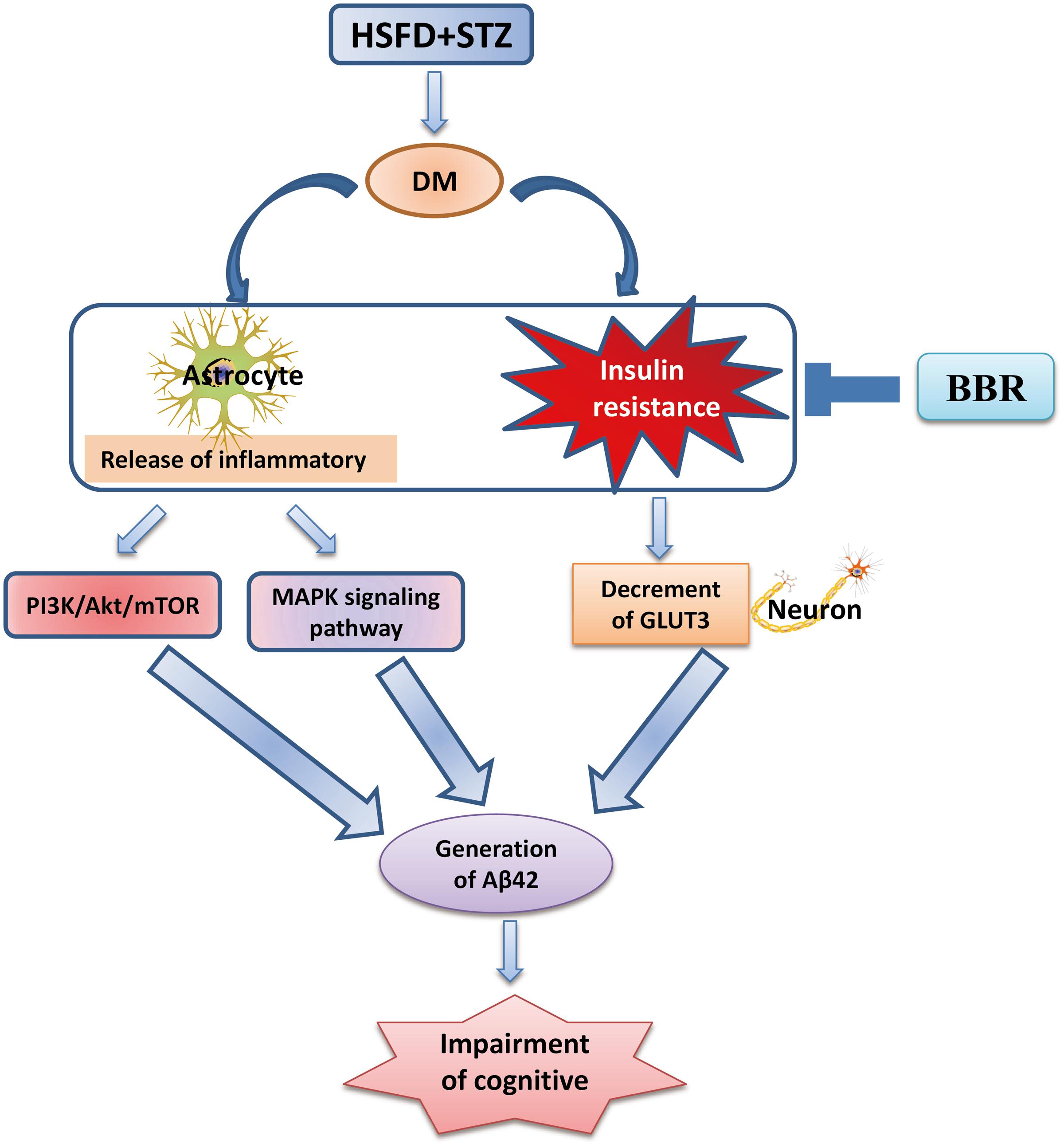

Dynamic blood glucose parameters, β-cell function, and gut microbiota, as well as adverse events and quality of life will be monitored.ĭiscussion: Glycemic control is critical for preventing the progression of diabetes. The primary outcome was the change in glycated hemoglobin levels. Anthropometric and clinical data will be collected at five time points: baseline, 3 months, 6 months, 9 months, and 12 months from baseline.
BERBERINE DIABETES INFOGRAPHIC PLUS
After a 1-week run-in period, they will complete a 3-month treatment of BBR alone, inulin plus BBR, inulin alone, or placebo. A total of 240 patients with LADA who have started insulin therapy will be randomly allocated either to the intervention or control group.

Methods and Analysis: We will conduct a single-center, prospective, randomized, double-blind, placebo-controlled trial. The primary purpose of this study was to evaluate the effects of oral BBR and inulin combined with insulin therapy on diabetes care in patients with LADA. Inulin is a common prebiotic that has been shown to improve glycemic control, alter the gut microbiota and suppress inflammation. Berberine (BBR), a small alkaloid isolated from medicinal plants, has antidiabetic, anti-inflammatory, and antibacterial effects.



 0 kommentar(er)
0 kommentar(er)
